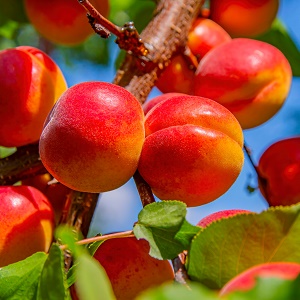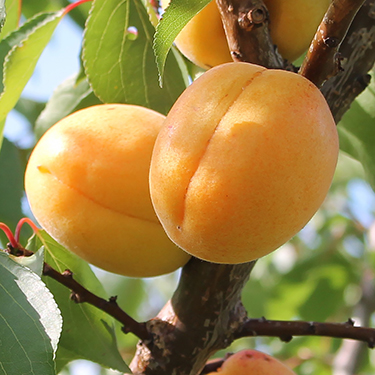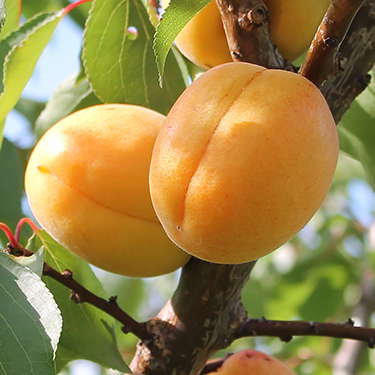Apricot : MANCHURIAN 90-150cm (3-5') On Own Root (Orchard Grade)
$49.95
Sometimes referred to as 'Manchurian Bush Apricot', this incredibly hardy, compact, bush-like tree typically grows to be about 3-3.6m (10-12') tall. It is native to Manchuria in northern China, where temperatures can rise to a blistering 43°C (110°F) during the summer, then plummet to -50°C (-60°F) in winter. We have used it as an apricot rootstock (when we can source it) but it can also be grown as a pollination companion for other varieties, or even just for it's own fruit. The small, plump, golden-yellow fruit is quite sweet and juicy and can be used for fresh eating, preserves and drying. Some variation can be expected from one tree to the next, as they are grown from seed. They would even be worth planting simply for the stunning, shell-pink blossom display in early spring.
NEEDS A POLLENIZER | ZONE 2/3 | HARVEST : EARLY-LATE JULY.
Only logged in customers who have purchased this product may leave a review.
Growing Tips
One of the key factors that determines cold-hardiness for tender fruit trees such as apricots and peaches is how well they harden off in the fall. Any activity that stimulates growth should be avoided after August 1. This includes fertilizing, overly frequent watering and pruning.





Reviews
There are no reviews yet.